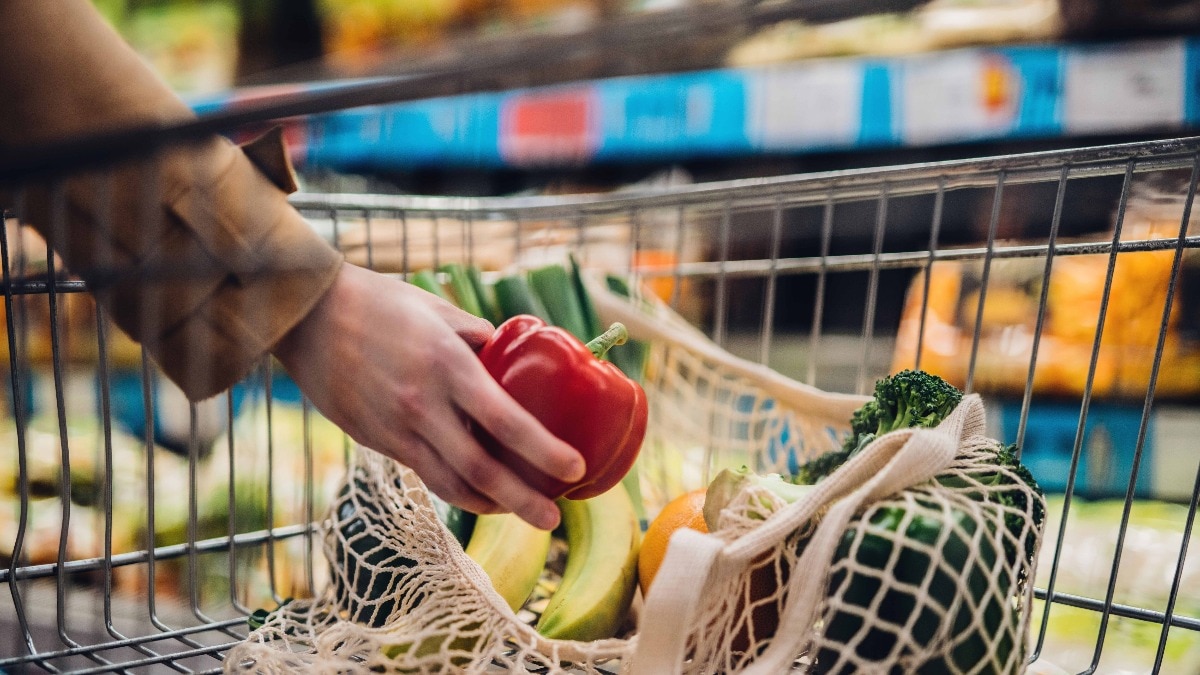India’s household consumption is on a stronger footing in FY2025-26, with rising incomes, lower inflation, and policy support expected to fuel private consumption growth that could outpace GDP, according to a recent report by BofA Securities.
Private consumption grew 7.2% in FY25, outstripping GDP growth for the first time in three years. The report projects that consumption will continue to outperform investment in FY26 as tax cuts, easing credit conditions, and stable wages boost demand.
“Wage growth appears to be stabilizing in urban areas and remains elevated in rural areas,” the report noted, adding that low food inflation is improving real wages. However, the outlook for a sharp uptick in wages remains subdued.
BofA sees the government’s February 2025 personal income tax cuts as a key driver of disposable income growth. The new tax slabs are expected to save households nearly Rs 1 lakh crore, creating a multiplier effect of Rs 2.5 lakh crore. This could push household disposable income to grow faster than nominal GDP for the first time in over five years.
Credit availability is also improving, aided by 100 basis points of rate cuts and relaxed risk weights on NBFC and microfinance retail loans. BofA expects personal loan growth to rebound in H2 2025, following a period of tightening that had previously dragged down consumption.
High-frequency indicators offer a mixed but stabilizing picture. GST collections, gasoline demand, and rural wages show upward trends, while auto and credit card transaction volumes remain weak. Non-oil, non-gold imports hit a 31-month high in April, pointing to improving discretionary demand.
Consumer confidence has also improved modestly, with expectations for the future turning optimistic amid better liquidity and tax benefits. However, employment trends remain mixed, which could temper the strength of the consumption rebound.
Additionally, the report highlighted that government subsidies—particularly targeted income support schemes for women—are playing a complementary role in sustaining consumption, especially in rural areas. Retail sales are also beginning to diverge positively from core inflation, reflecting improved real purchasing power.
“Household consumption demand is likely to grow broadly in line with GDP growth, with risks of it exceeding it at the margin,” the report concluded.
